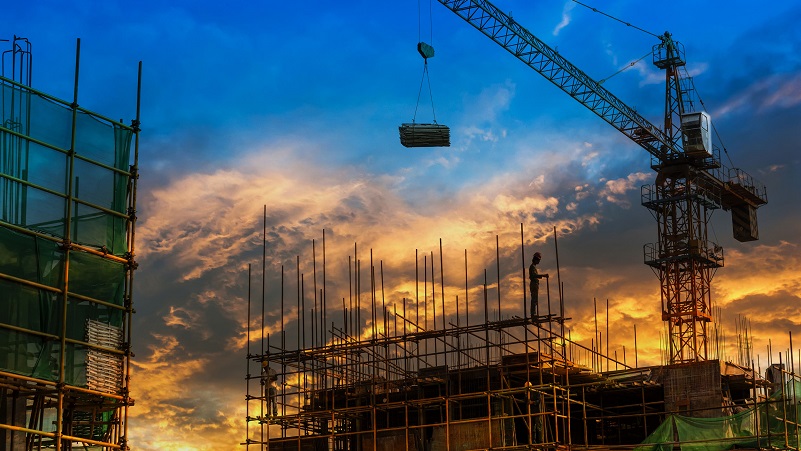5 Key Trends in The Construction Industry
The construction industry is slowly but surely evolving. There are so many new technologies and materials, that are always changing, meaning anyone involved or working in this sector should always try to keep up with the trends. Here we have 5 key trends that are very prominent in the construction industry currently.
1. From BIM to DIM
BIM, which stands for building information modelling, is now evolving into digital information management. This will then take the acronym from BIM to DIM, with the aim for this new acronym to reach more people. This change is taking place to create a broader knowledge base, acceptance and of the use of BIM concepts. Slightly changing people’s language but trying to keep the message the same, will be the aim when delivering DIM.
The main advantage of BIM is that it creates better communication between other actors and stakeholders. The whole point of going from BIM to DIM is to redefine the meaning, not to completely change it, enhancing certain information within the models. This is with the aim that it can then show a way to digitally manage the information, which is usually a lot easier for people to accept and understand. People will then be able to understand and adapt to methods of BIM within the construction industry, which will then mean people are ready for the change of digitalization in the sector.
2. Construction Robotics
The use of robotics within the construction industry is becoming more and more common. Any task that may be deemed repetitive and time-consuming, is usually completed by construction robots, meaning that the whole construction process can be sped up. This also means that are a lot fewer mistakes, they don’t fatigue and it ensures a lot more safety. However, these construction robots can sometimes come with their limitations. Such as they might not be able to work around certain objects or work in certain weather conditions. Although over the years the development of construction robots is continuing to grow, which means the safety and efficiency of the construction industry can improve.
3. Green Building
Green building is a very up-and-coming trend and it’s only going to grow, people are always on the hunt to create more eco-friendly structures. Green building is all about trying to be as energy efficient as possible, whilst using non-toxic materials. The biggest benefit that comes from green building is that it reduces energy consumption and greenhouse gas emissions, which makes a huge difference to the environment. There are so many different sustainable materials available to use, which not only benefit the environment but also improve the quality of living for any occupants.
This is one of the most important trends within the construction industry, you can visit Build In Digital to find out more about green buildings within the construction industry. However, there are still so many different aspects of the design, all these different aspects need to be taken into consideration when green building:
- Energy efficiency
- Use of renewable energy sources
- Pollution and waste reduction
- Reusing material and recycling
- Good indoor quality conditions
- Non-toxic, ethical and sustainable materials
4. Digital Twins
One thing that is having a huge transformative impact on the construction industry is digital twin technology. This allows a virtual model of any construction project to be updated in real-time, this then allows construction managers to be able to make better decisions, which can also mean they can avoid problems. This can be done through the use of simulating different scenarios, which then shows how these might play out in real life, meaning more efficient ways to build can then be determined by construction managers. A digital twin can also come in handy after the construction has been completed, as it can help with any repairs needed and maintenance.
5. Connected Construction Site
Connected construction sites are one of the biggest shifts to be introduced to the construction industry. A connected construction site is a network of different elements including equipment, devices, people, vehicles and sites that are all commuted via digital technologies. Only one single business or organization is in control of this, there are many different advantages of connected construction sites such as:
- Enables real-time communication between everyone on the team, which means construction can be more efficient and safe.
- Data and resources can be easily shared between team members, helping to keep down costs.
- Gives a good view of all activity happening on site, which will improve planning and coordination.



